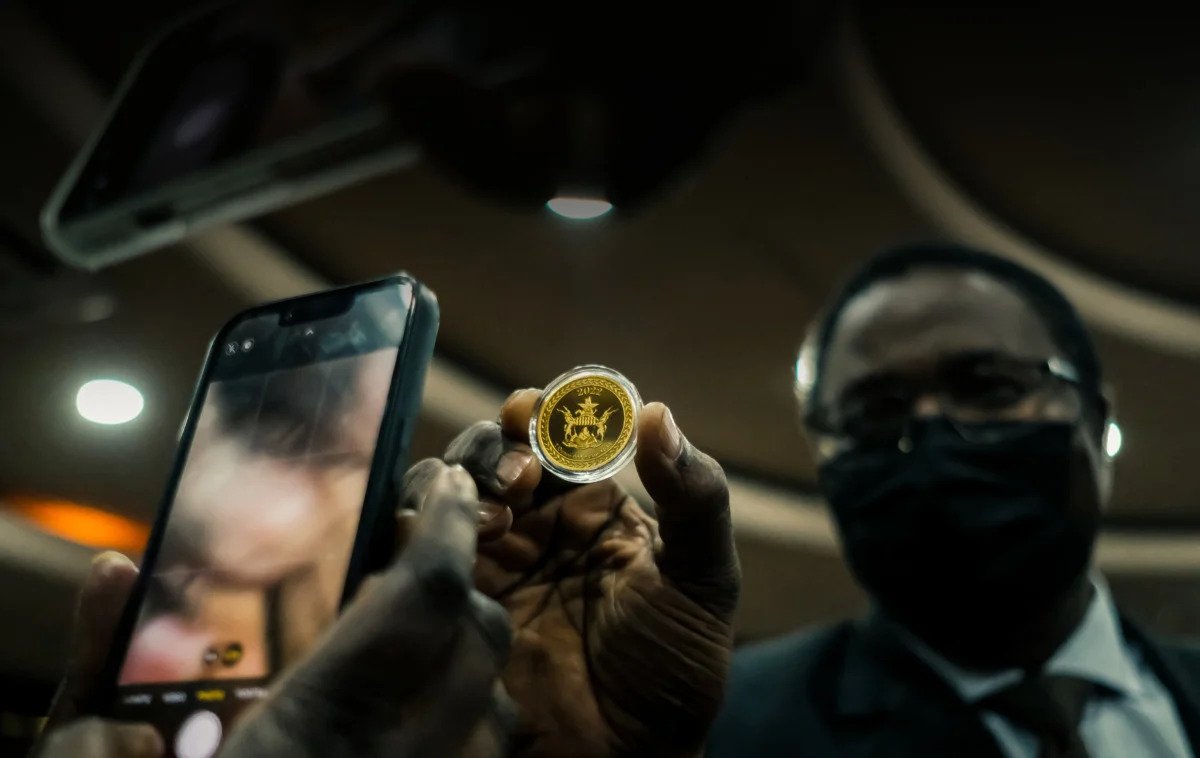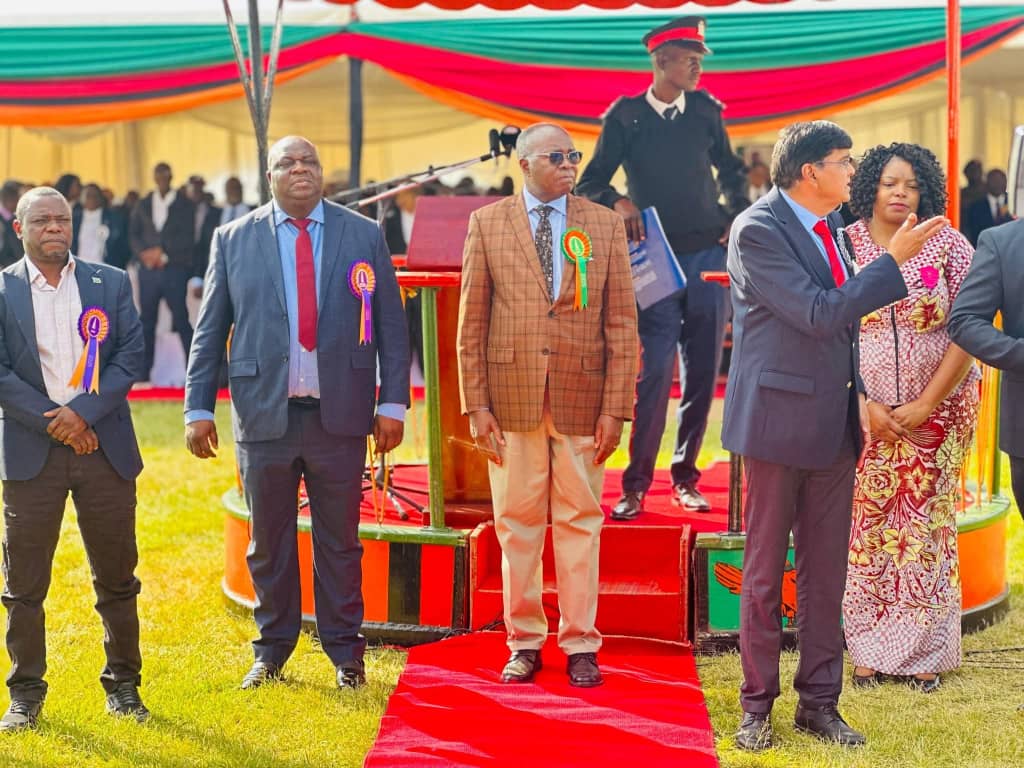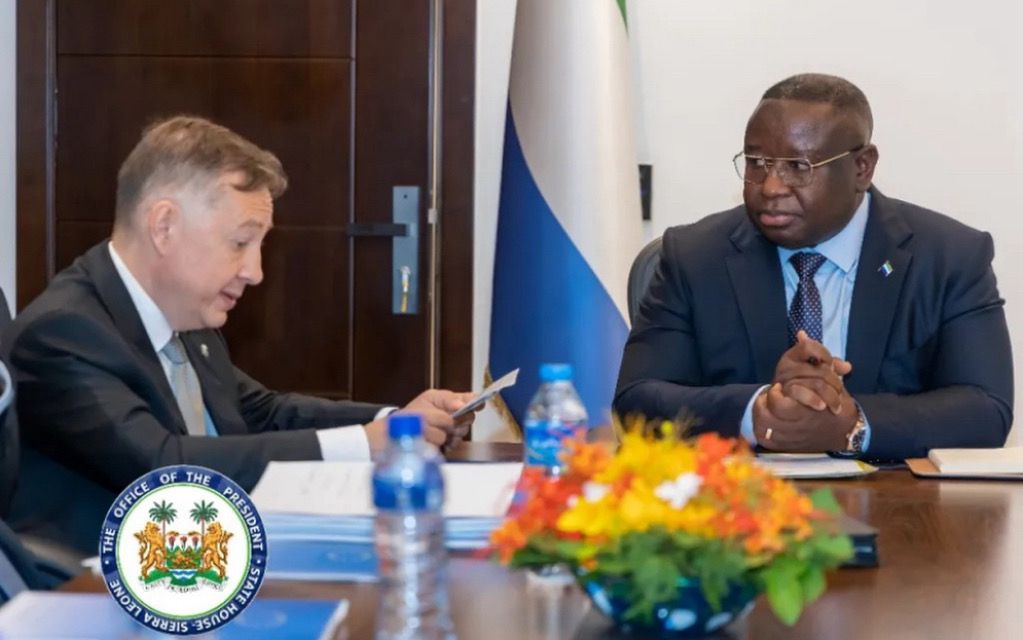Currently, the central bank has been supplying the market with one-ounce coins, which hit the market at US$1,884.80 or Z$936,589.89, which saw fewer ordinary people participating because of the elevated price.
The RBZ will in November introduce lower denomination gold coins to enable the participation of ordinary citizens. The smallest, a tenth of an ounce, will be made available to the public through banks and approved dealers.
The coin, containing just over 3.11 grams of gold, will cost US$188.48 or the local currency equivalent at the interbank rate, at one-tenth of the price of the first gold coin released in July.
Opportunity lost?
But the International Monetary Fund (IMF) believes the Zimbabwean gold coins are a missed chance to build the nation’s gold reserves. An IMF spokesperson told Bloomberg newswires: “The sale of gold coins has contributed to withdrawing Zimbabwe dollar liquidity from the market, though it represents an opportunity cost in terms of foregone reserves for the Reserve Bank of Zimbabwe.”
Gold output in the southern African nation surged 41% in the first eight months of the year to 22,290kg from a year earlier. The country aims to produce 35 tons of bullion in 2022.
Analysts are however not agreed on whether the central bank’s measures will bring about the desired results. Former Finance Minister and opposition politician Tendai Biti said the gold coins “are just another form of arbitrage and looting from the public to enrich cartels”.
He claims that the central bank bought gold coins for about US$18m and sold them for about US$10m, using a discount rate of about 300% which is below the market rate, creating an arbitrage.
Arbitrage is the simultaneous purchase and sale of an asset in different markets to exploit tiny differences in their prices.
Analyst Effie Ncube said that while gold coins might temporarily slow down inflation and reduce pressure on the exchange rate, they would not address the economic crisis in the country.
“The introduction of smaller denominations of gold coins is not going to address the economic crisis in the country. There is the need for more holistic and comprehensive measures to turn around the ailing economy,” Ncube said.
However, economist Persistence Gwanyanya said gold coins were a viable alternative to restore the value of local currency in the face of increased instability.
“The timing of the issuance of these smaller denominations is important as it coincides with increased local currency liquidity from bonus payments. This will address the concern that the product was designed for the elite,” Gwanyanya said.
Official rate gains favour
The convergence of the exchange rates has been welcomed by Zimbabwean retailers, who are now trying to woo shoppers to spend their US dollars in-store by offering better exchange rates than the black market.
It’s the first time in three years that momentum has swung in favour of the official markets and may help bring the southern African nation’s runaway inflation under control.
An interbank rate at which most commerce takes place set trading at Z$650 against the US currency. Allowing for the 10% mark-up businesses can charge, that puts the exchange rate of Z$715 above the parallel market rate of Z$630-Z$650 per dollar.
“More and more US dollar transactions are moving to the formal market,” according to Prosper Chitambara, an economist based in the capital Harare. The demand for US dollars from the central bank by companies is also showing signs of easing. The central bank allocated US$11m to businesses at its auction on 27 September – a two-year low – from highs of US$50m.
A converged rate will now allow formal retailers to correct the ‘pricing distortions’ caused when they were forced to peg to an overvalued interbank rate, according to Lloyd Mlotshwa, head of research at Harare-based brokerage firm IH Securities.
Zimbabwe’s President Emmerson Mnangagwa claimed that Zimbabweans had an appetite for gold coins, hence government will introduce smaller coins next month.
“The Reserve Bank of Zimbabwe has sold over 10,000 gold coins for about US$15m. This means Zimbabweans have an appetite for gold coins and to save. Our target is to release US$30m worth of coins.
“By mid-November this year, the RBZ should be in a position to unveil smaller denominations of gold coins, whose value will range from a tenth, a quarter, to half of an ounce,” Mnangagwa said in his weekly column in the state media.
The coins complemented similar measures by the Treasury, which in July demanded a review of all government supply contracts priced using parallel market exchange rates, which contributed to the creation of excess liquidity that ended up driving exchange rate volatility on the black market. Inflation and the exchange rate have largely been stable since the government escalated interventions to squeeze excess liquidity from the market, with the local currency appreciating against the US dollar on the black market while inflation has started falling.








